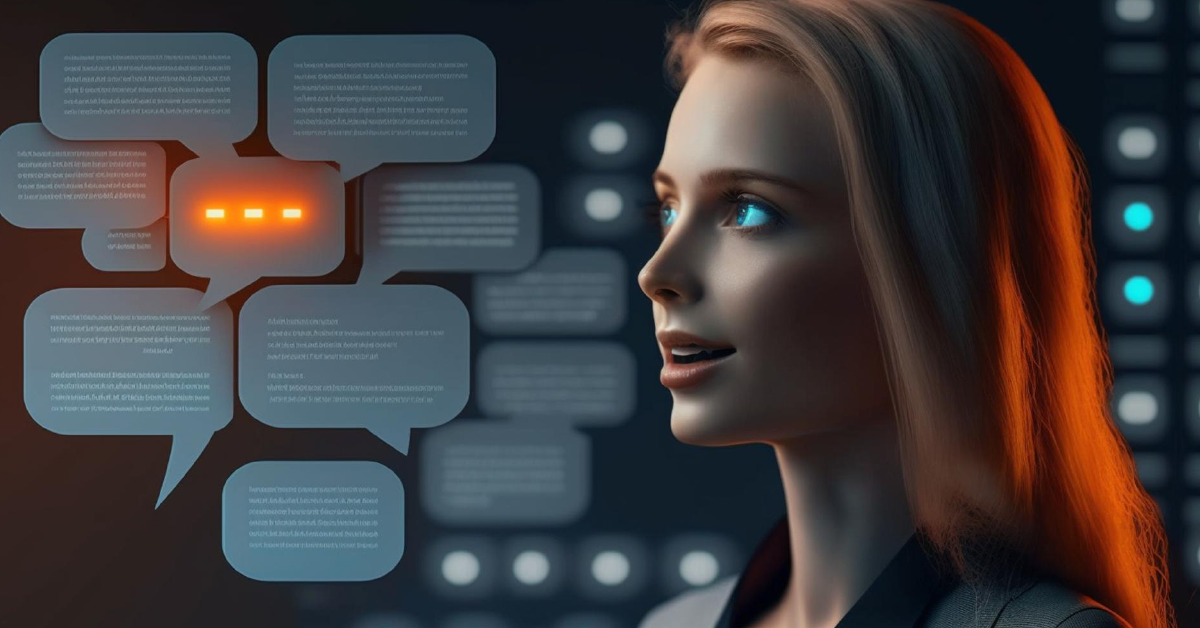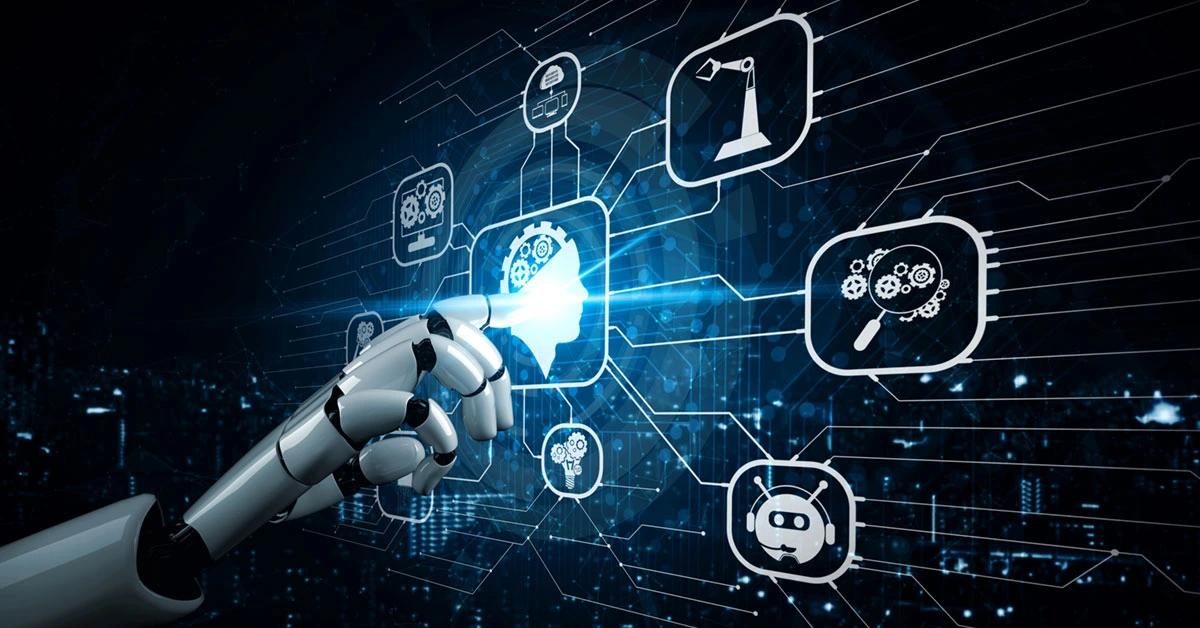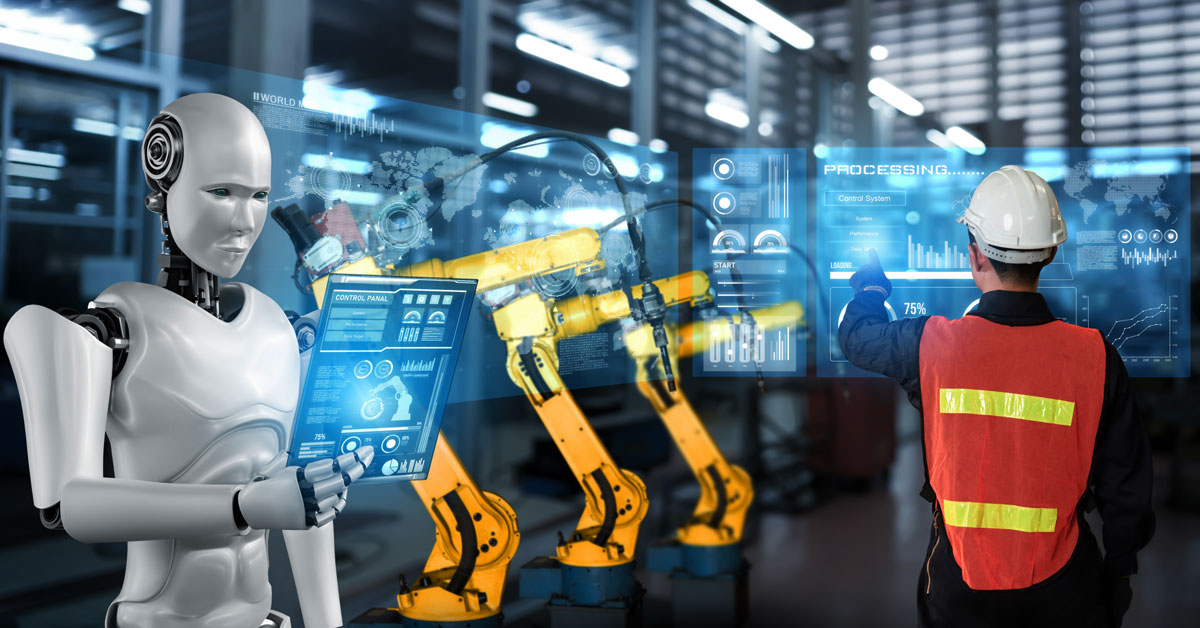Future of Web Development: AI, Chatbots, and Voice User Interfaces
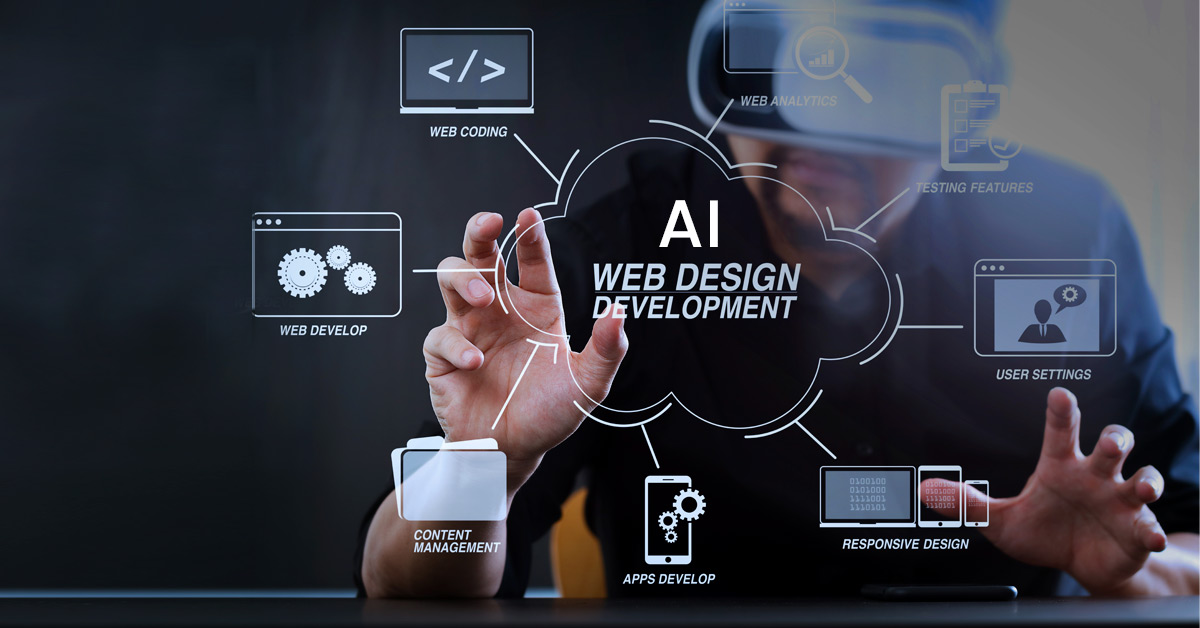
6 min read
As we move into a future teeming with technological advancements, it is hard to ignore the substantial impact of Artificial Intelligence (AI), chatbots, and Voice User Interfaces (VUIs) on web development. These technologies, once regarded as mere science fiction, are transforming the way businesses operate and making services more accessible, efficient, and user-focused.
Definition of AI, Chatbots, and Voice User Interfaces
AI refers to the simulation of intelligent behavior in computers, enabling them to learn, reason, perceive, and process natural language, among other capabilities. Chatbots are AI-powered software designed to simulate conversations with human users in a natural language. They can be embedded in websites, applications, or instant messengers, responding to real-time user requests. On the other hand, Voice user interfaces enable user interaction with technology through voice or speech commands, thereby promoting hands-free, eyes-free, and efficient interaction.
Significance of These Technologies in Web Development
These technologies — AI, chatbots, and voice user interfaces — play an indispensable role in the future of website development. Some notable benefits they offer include:
- Enhanced user experience: They facilitate quick, accurate, personalized responses catering to individual user needs.
- Business growth: Virtual assistance in customer service and sales can lead to an increase in conversion rates.
- Accessibility: Voice interfaces help visually or physically impaired users, thus widening the web’s reach.
- Efficient automation: Chatbots can perform repetitive tasks, saving time and resources.
Overall, a fusion of these technologies offers immense promise in shaping a more interactive, inclusive, and advanced landscape for website development.
Artificial Intelligence (AI) and its Application to Web Development
In the continuously evolving realm of web development, one technology proving to be innovative is artificial intelligence (AI), which is reshaping how websites and applications are developed and interacted with. Here are a few significant ways virtual assistants contributes to the website development space:
AI-Powered Personalization Features
An integral part of the digital user experience today is personalization. AI brings data analysis and user behavior prediction capabilities to the table, which tailor recommendations and offer personalized user experiences. Using AI, web developers can create systems that understand user preferences, behavior, and interaction patterns. It ultimately contributes to a more engaging, satisfying digital experience. These AI systems can:
- Forecast user behavior by analyzing historical data.
- Deliver personalized content and recommendations
- Foster user engagement through personalized interactions
Automated Content Creation and Curation
AI can create and curate content through Natural Language Processing (NLP) and Machine Learning (ML). Web design can benefit by using AI to generate blog posts and social media updates or even tackle more complex content development tasks. This automation not only saves time but also enhances consistency and potential accuracy.
Enhanced User Experience through AI Algorithms
AI in web design is increasingly influencing user experience (UX) through algorithms with techniques like automated testing, improved search capabilities, and advanced data analysis. AI can proactively identify bugs or issues, suggest improvements, and provide more intuitive, dynamic user interactions. It can help businesses better understand their client’s requirements and preferences, leading to the creation of websites or applications that are not only visually appealing but also functionally effective and user-friendly.
The Rise of Chatbots in Web Development
The recent web programming revolution is partly due to the significant advancements in AI and, more specifically, chatbots. These intelligent and interactive tools have become a staple in reshaping the online communication experience.
Understanding Chatbots and Their Capabilities
Chatbots are software apps used to conduct an online conversation via text or text-to-speech instead of direct contact with a live human agent. Designed to effectively simulate how a human would behave as a conversational partner, AI chatbots provide automated responses that are, at worst, pleasingly predictable or, at best, startlingly accurate. They boast AI-driven capabilities such as Natural Language Processing (NLP), automated learning, and real-time learning from interactions.
Applications of Chatbots in Various Sectors
The applications of AI-powered chatbots extend beyond the tech industry, spreading across various sectors:
- In healthcare, they assist in symptom checking and appointment scheduling.
- It offers individualized product suggestions and customer assistance in retail.
- Chatbots assist with travel and hotel reservations in the hospitality industry.
- In finance, they assist in online transactions and finance management.
Benefits of Chatbots in Web Development
Chatbots have drastically altered the landscape of the development of websites. The benefit of having a 24/7 intelligent interaction tool has significantly improved business operations. A correctly implemented chatbot can increase user engagement, reduce bounce rates by providing relevant content promptly, and boost conversions by guiding users through the buyer’s journey. Additionally, they can deliver an unrivaled level of personalized user experience. Chatbots are growing at an astounding pace and represent the future of user interactions in web application development.
Voice User Interfaces: Web Development’s Future
Voice user interfaces are quickly becoming a fundamental part of our daily lives, with more and more devices and applications adopting this technology. As voice-activated technology continues to advance, it will unquestionably alter the face of web programming in the future.
Exploring Voice User Interfaces and Their Functionality
Voice User Interfaces (VUIs) are systems designed to interact with users via spoken language. Siri, Alexa, and Google Assistant are typical examples of VUIs. Their ability to interpret human speech and execute commands has revolutionized our interactions with technology. The functionality of these systems often includes, but is not limited to:
- Completing tasks like setting an alarm
- Offering information like weather updates
- Automating home controls like turning lights on or off
- Enabling hands-free, voice-controlled browsing and online shopping
Voice Search Optimization for Websites
With the rise of VUIs, the need for voice search optimization on websites is growing exponentially. Traditional keyword-focused search engine optimization (SEO) will make way for conversational, long-tail keyword phrases tailor-made for voice search. Full stack web developers must sift through the noises, retain what genuinely matters to their clientele, and ensure their websites are well-tailored for voice search queries.
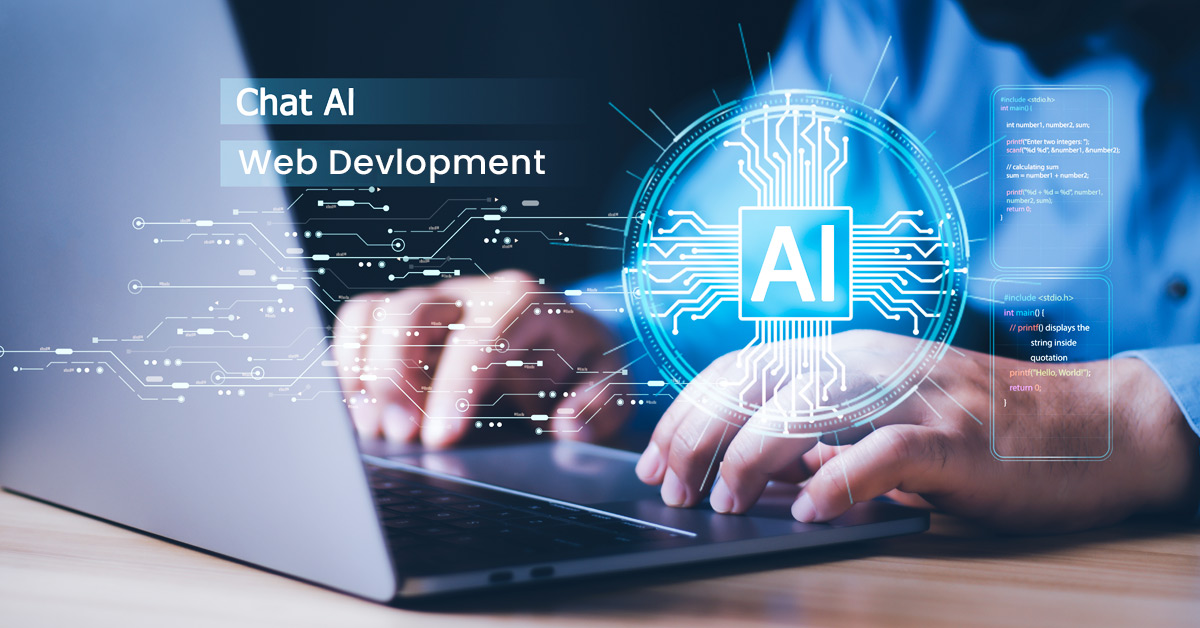
Voice-Controlled Applications and Devices
From smartphones to smart homes, voice-controlled applications and devices are gaining traction. As our comfort with talking to machines increases, the demand for web applications to support voice controls will surge. Developers must reorient their skillsets to create an effortless integration of voice-activated elements in web applications. The development of websites and applications will need to consider voice-command functionality to stay in sync with users’ evolving preferences.
Advantages of Integrating AI, Chatbots, and Voice User Interfaces
Modern development increasingly harnesses the transformative potential of AI, chatbots, and voice user interfaces (VUIs). These advanced technologies promise many advantages – some particularly game-changing, with significant implications extending to user engagement, accessibility, and customer support.
Improved User Engagement and Satisfaction
Quality user engagement and customer satisfaction are essential for any website’s success. AI and chatbots utilize machine learning and natural language processing to provide personalized user experiences. They can:
- Analyze user behavior patterns to personalize content and recommendations.
- Offer prompt and effective problem-solving mechanisms enhancing customer satisfaction.
- Provide 24/7 availability, ensuring engagement at all times.
Enhanced Accessibility and Inclusivity
AI and VUIs stand at the forefront of enhancing web accessibility and fostering inclusivity. They ensure:
- Easy navigation for users with visual impairment or motor disabilities through voice commands.
- Multilingual support, catering to users from various linguistic backgrounds.
- Voice-to-text features support deaf or hard-of-hearing individuals.
Streamlined Customer Support and Communication
When chatbots and AI work together, they can significantly increase efficiency in the customer service sector.
- Instant response to customer inquiries, preventing long waiting times.
- The helpdesk services, automated by AI, are capable of handling multiple queries simultaneously.
- Capable of routine tasks, freeing up human agents for complex issues.
Thus, integrating chatbots, VUIs and AI in web development is a strategy replete with advantages, paving the way for a more interactive, inclusive, and efficient web development future.
Conclusion
Recap of the Impact of AI, Chatbots, and Voice user Interfaces
Throughout this blog, we have explored the influence of emerging technologies like AI, chatbots, and voice user interfaces on the web development landscape. These technologies have the potential to drastically reshape the way we interact with websites, making browsing more efficient, personalized, and accessible. Benefits include:
- Streamlined user experiences with AI capabilities providing anticipatory design
- Improved customer service via 24/7 availability of chatbots
- Increased accessibility and ease of use through the integration of voice user interfaces
Closing thoughts on the future of web development with these technologies
The integration of chatbots, AI, and voice user interfaces in web development appears appealing and inevitable despite the inherent challenges. It represents not just the future of web design but a momentous shift in the interaction between humans and digital platforms. As we move into this new era, organizations will ensure they are prepared and adaptable to these technological advancements, keeping user needs at the heart of their design and development process.
Published: January 5th, 2024


